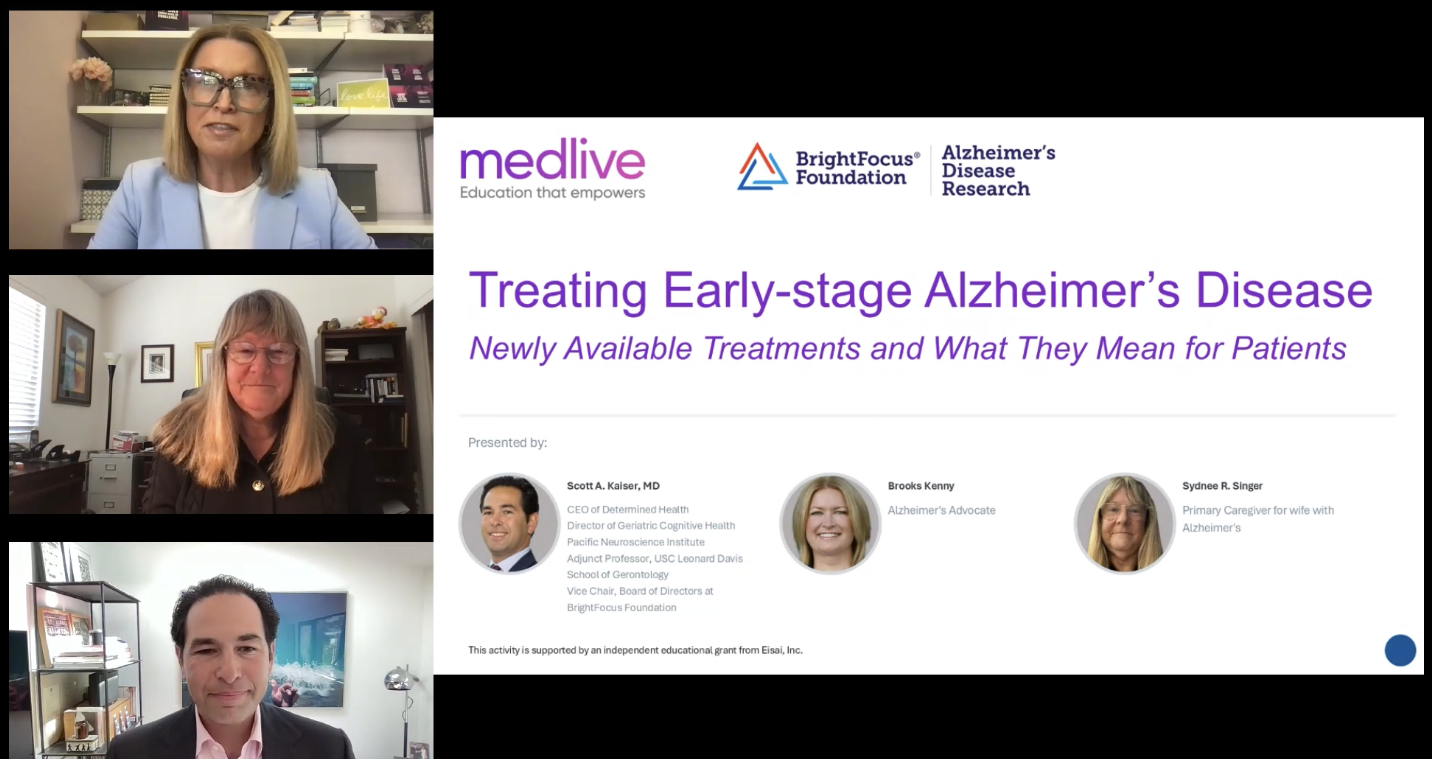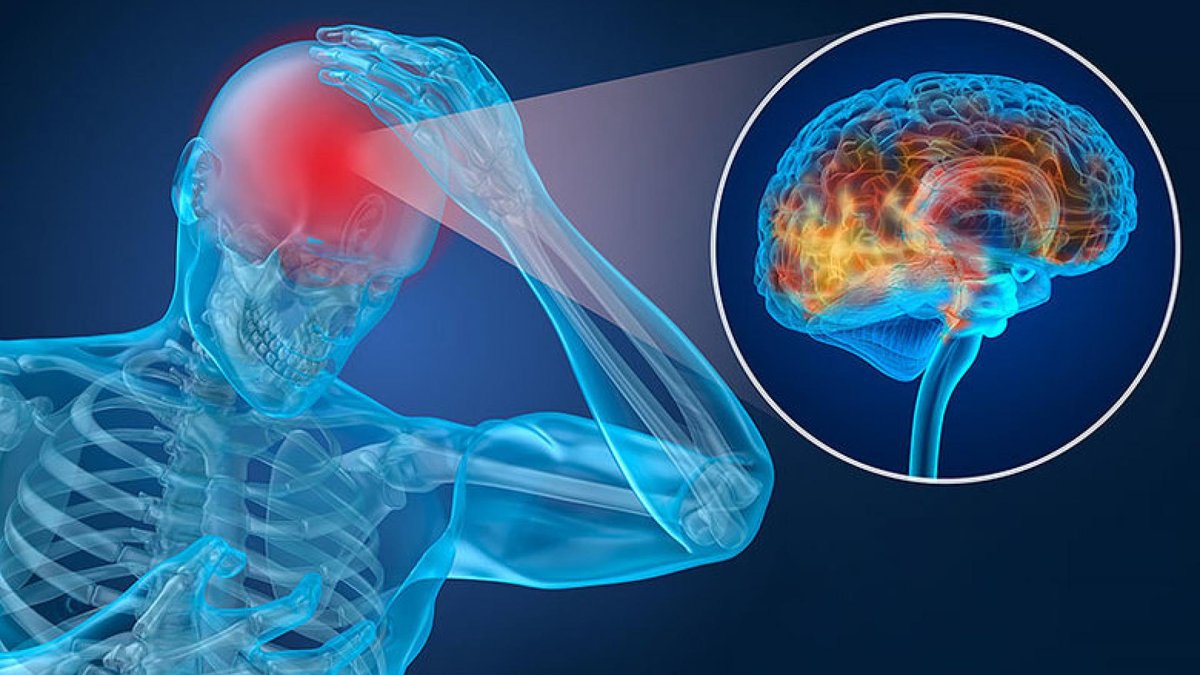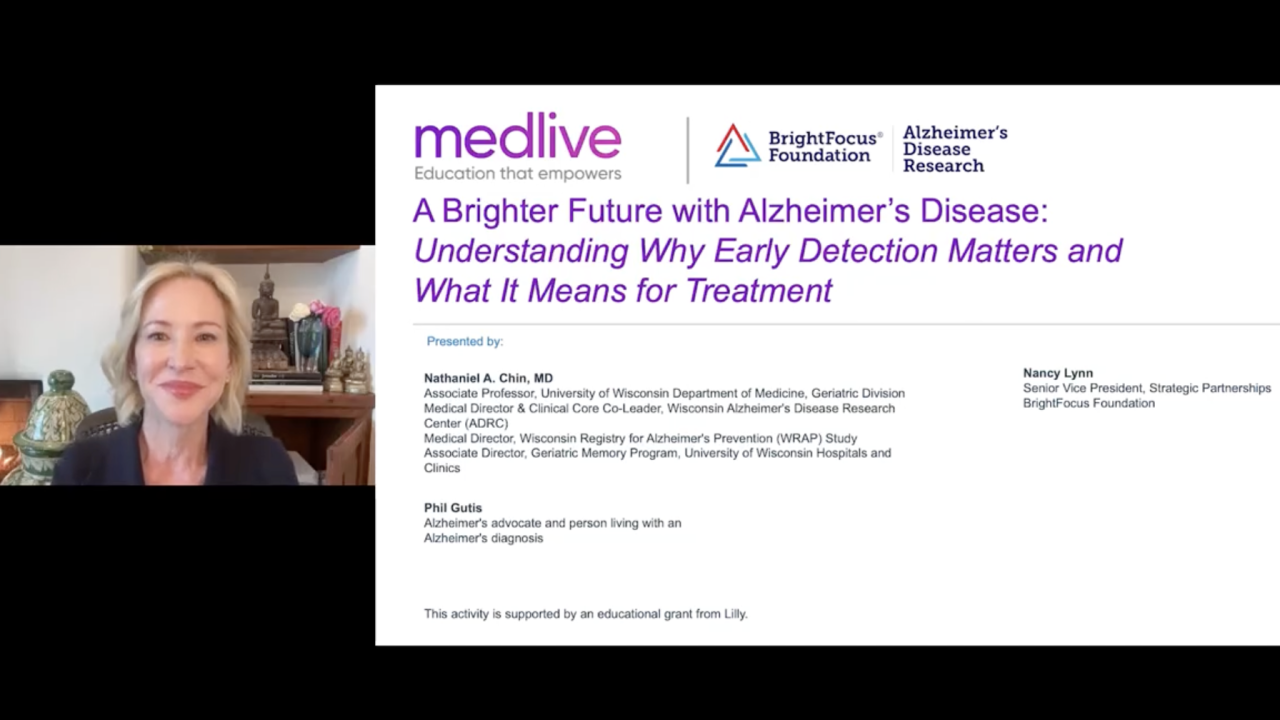
Learn about the genetic, lifestyle, and environmental factors that may contribute to the development of Alzheimer’s disease.
Anyone who has witnessed the effect of Alzheimer’s and other forms of dementia on a loved one has thought about this question. Many researchers have also thought about this, and have worked to understand how AD and other dementias develop.
The bottom line is that there are many theories but no definitive answer yet. More than a century after the first description of AD, researchers still cannot identify the cause.
I will discuss the major theories regarding the factors that may contribute to the development of AD below, and at the end I’ve listed a more detailed reference for readers who would like to understand these theories in greater depth.1
Many researchers have focused their interest on the beta amyloid protein, although treatments based on this theory have not yet delivered the blockbuster treatment we all hoped to see. An abnormality of tau protein metabolism may also contribute to the development of AD. Other researchers have asked whether AD is simply an acceleration of normal aging or a degenerative disease of specific brain pathways. On the other hand, exposure to harmful toxins, infections, injury, immune response, or inflammatory reaction has been suspected to play a role. The possibility of a nutritional deficiency, too, has been explored.
Tying all this apparently conflicting information together gives us some good ideas for potential risk-reducing behaviors that I’ll discuss.
Amyloid: Still an Important Piece of the Alzheimer’s Puzzle
The initial 1907 report of Dr. Aloysius Alzheimer (1864-1915) described “senile plaques,” later recognized as containing beta amyloid. These plaques, along with neurofibrillary tangles, are hallmarks of AD.
The Amyloid Cascade Hypothesis (ACH) proposes that deposition of beta amyloid in the brain triggers the formation of amyloid plaques (plaques) and neurofibrillary tangles (tangles). This theory fits with evidence from mice studies.
It also fits with genetic findings that I’ll discuss later in this article. However, brain injury can trigger the formation of senile plaques, raising the possibility that these plaques are an effect rather than a cause of some more basic disease process in AD. Furthermore, the connection between plaques and the development of NFTs is not yet fully understood. There is an additional concern about the ACH: The theory’s prediction that reducing brain amyloid might improve cognitive performance or diminish the risk of AD has been tested with trials of medications that do indeed reduce amyloid in the blood and brain. So far, clinical trial results have been negative for many of these medications and the small number of positive findings have been of limited magnitude.
Among the most encouraging sources of evidence in support of the ACH are the genetic findings that link amyloid-related gene problems to the development of early-onset AD. Down syndrome, in which there is an extra copy of the chromosome that contains genes coding for amyloid precursor protein (APP), is associated with early and severe development of AD.
Several other gene abnormalities that increase beta amyloid production, including the APP and presenilin 1 and 2 (PSEN1/2) mutations, account for the infrequent but early-onset AD cases that affect many members of the families that carry these mutations. These gene mutations can be inherited and greatly increase the risk of developing early-onset AD, but in families like Jennifer’s, where onset of AD occurred after age 60, other factors play a role, in addition to genetics.
Tau and Tangles
Neurofibrillary tangles reflect a problem with tau protein, a microscopic component of brain cells that is essential to their survival. The clumping and spread of chemically altered tau protein molecules follows a spatial and temporal pattern that is different from that of APs, so some researchers continue to look for a theory that includes problems with tau protein, not just amyloid. Recent research, too, has raised the possibility that NFT can spread, almost like an infection, from one affected brain cell to those nearby. The importance of this finding is still being investigated.
Is AD Just An Exaggeration of Normal Aging?
Normal aging is associated with brain changes such as tissue loss and degeneration of the synapse, which is the part of the nerve cell that is involved in passing an electrical or chemical signal to another nerve cell. Plaques and sometimes tangles are known to develop in cognitively normal older adults. These changes occur more frequently and severely in people with advanced vascular disease, suggesting that reduced blood flow to brain cells may be important in the development of AD. Many cognitively normal older adults show no NFTs, suggesting that AD is more than just normal aging of the brain.
The loss of brain cells that produce acetylcholine, a neurotransmitter that is active in the transmission of nerve impulses was an early finding in AD research. It led to the development of the cholinesterase-inhibiting drugs such as donepezil (Aricept®). Unfortunately, these medications are symptomatic treatments at best and often achieve only a limited benefit. The loss of these particular brain cells, therefore, is thought by many to be an effect rather than a cause of AD. In support of that idea is the finding that cell loss includes not only cholinergic cells but other cell types as well. Other neurotransmitters such as serotonin are also reduced in AD.
Toxic Substances
Some scientists believe that exposure of the brain to a harmful influence is what causes AD. Some evidence, for example, suggests a toxic effect of aluminum on the brain, though an actual link to AD remains under investigation and is controversial.
Infections
Infectious theories of Alzheimer’s transmission have been examined by many investigators. Particular attention has been given to & the herpes simplex virus and to a bacterium linked with inflammation of the gums, Porphyromonas gingivalis. This theory is being tested further in current clinical trials.
Head Injury
Head injury is known to result in the appearance of plaques and tangles as well as clinical symptoms of cognitive impairment. AD, however, develops in many people who have not sustained head injuries. Head injury, therefore, cannot be a necessary step in the development of AD.
The Immune System and Inflammation
Other theories of AD question whether an immune system run amok or a misguided inflammatory reaction might be significant. These theories continue to be explored.
Is It Something I Ate (Or Didn’t Eat)?
What about nutrition? We have seen recent reports linking prolonged cognitive health with adherence to a brain-healthy diets, such as the so-called Mediterranean-style diets, which emphasize fresh fruits and vegetables, nuts, healthy fats rather than saturated ones, and fiber.2 The connection between diets high in saturated fats and the development of vascular disease suggests one explanation for nutrition’s influence on the development of AD. Lack of specific nutrients such as vitamin B12 or more global malnutrition are seen in people with AD, but it’s not clear whether poor diet is an effect rather than cause of cognitive decline.
Summary of Alzheimer’s Causes
How do we make sense of all these different theories? One approach is to view AD as a final common pathway reached by many different routes. AD may be a type of brain destruction that can eventually occur with aging but may be accelerated by:
- diminished blood flow,
- excess accumulation of abnormal brain proteins,
- toxins,
- brain injury,
- infection,
- inflammation, or
- malnutrition.
If this is the case, and while we await a medical cure for AD, we should keep in mind the many ways in which brain health can be promoted.
Adopt a Brain-Healthier Lifestyle
Management of medical diseases is essential. Make sure to manage diabetes, heart disease, high blood pressure, blood lipid (fat) levels, sleep apnea, and other conditions that interfere with adequate circulation of blood, which carries oxygen and nutrients to the brain. Ask your primary care physician how often to get your medical check-up. Aerobic exercise may be the most important recommendation for a brain-healthy lifestyle. Adequate exercise improves blood flow, energy metabolism, control of cholesterol, and regulation of the immune system. Exercise also improves insulin sensitivity and reduces blood pressure.
Thirty minutes of moderate aerobic exercise 5 days per week or more vigorous exercise for 20 minutes three days per week seems a reasonable goal, yet few older adults (or younger ones) fill that requirement. Diet is another important component of AD prevention. As noted earlier, the so-called Mediterranean diets emphasize fresh fruits and vegetables, healthy fats rather than saturated ones, and plenty of fiber. The jury is still out on the advantages of anti-inflammatory and antioxidant foods such as omega-3 fatty acids, dark chocolate, green tea, and curcumin, among others. The value of “brain games” continues to be debated with regard to preventing Alzheimer’s, but there is no doubt that an active mind, with a sense of purpose and meaningful social connections, makes for a healthier brain. Adequate stress management and restorative sleep, too, play important roles in preserving brain fitness.
About BrightFocus Foundation
BrightFocus Foundation is a premier global nonprofit funder of research to defeat Alzheimer’s, macular degeneration, and glaucoma. Through its flagship research programs — Alzheimer’s Disease Research, Macular Degeneration Research, and National Glaucoma Research— the Foundation has awarded nearly $300 million in groundbreaking research funding over the past 51 years and shares the latest research findings, expert information, and resources to empower the millions impacted by these devastating diseases. Learn more at brightfocus.org.
Disclaimer: The information provided here is a public service of BrightFocus Foundation and is not intended to constitute medical advice. Please consult your physician for personalized medical, dietary, and/or exercise advice. Any medications or supplements should only be taken under medical supervision. BrightFocus Foundation does not endorse any medical products or therapies.
- Brain Health
- Disease Biology
- Genetics










